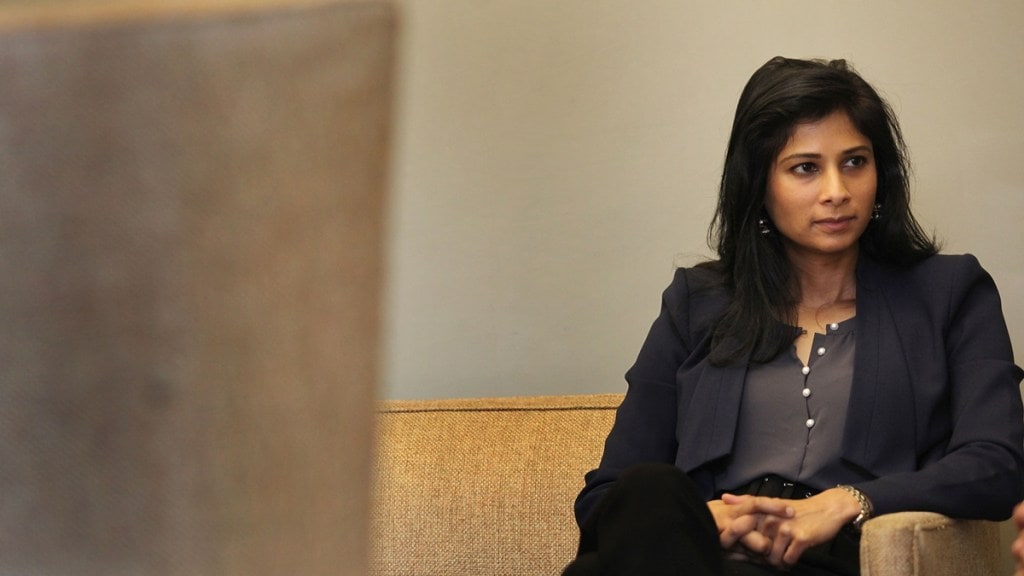India will need to implement additional reforms to maintain its economic growth and address job creation challenges, Gita Gopinath, IMF’s First Deputy Managing Director said on Saturday.
Speaking at an event at the Delhi School of Economics Diamond Jubilee, Gopinath acknowledged the progress made by the Indian government in structural reforms but stressed that tariff rates in India remain higher compared to its peer economies.
“If it wants to be an important player on the world stage and an important part of global supply chains, it is going to require reducing those tariffs,” she said.
She also noted that while India’s 7% growth rate is the highest among major economies, the country must continue to advance toward developed status through persistent and broad-scale reforms. “The question is, how does one keep up the momentum and raise it further so that you can increase per capita incomes in India to get to being an advanced economy?” Gopinath said.
On taxation, Gopinath pointed out that India’s tax revenue heavily relies on indirect taxes rather than direct income taxes. “We have been advising other developing countries too, that it is helpful to broaden the personal income tax base and so that you can have more income coming from there,” she noted. While acknowledging the benefits of the Modi government’s corporate tax cuts, she emphasised that the focus should be on minimizing loopholes and tax exemptions to ensure a more progressive tax system.
She also said that India needs to further rationalise and simplify the Goods and Services Tax (GST) regime to increase revenues. “An additional 1.5 percent of GDP can be raised from further rationalisation and simplification of GST rates,” she said.
Gopinath also highlighted the need for improvements in property tax implementation using advanced technology.
In terms of employment, Gopinath revealed that India has been lagging among G20 nations.
The country needs to create an additional 148 million jobs by 2030 given the population growth, she said, adding, India on an average grew at 6.6 per cent for the decade starting 2010 but the employment rate was under 2 per cent.
“If you look at India’s projections in terms of population growth, India will have to create anywhere between 60 million to 148 million additional jobs cumulatively between now and 2030… we are already in 2024, so in a short period of time we have to create a lot of jobs,” she said.
Given the scale of what is needed, it is going to require basic reforms including land reforms and implementation of labour codes, Gopinath said.
She called for increased private investment to match the country’s GDP growth and recommended a revamp of the education system to better equip the workforce. She also urged further improvements in the ease of doing business and regulatory environment.


